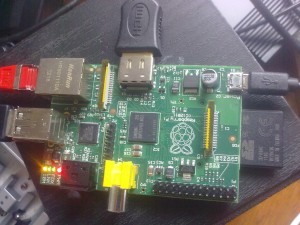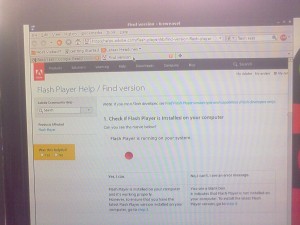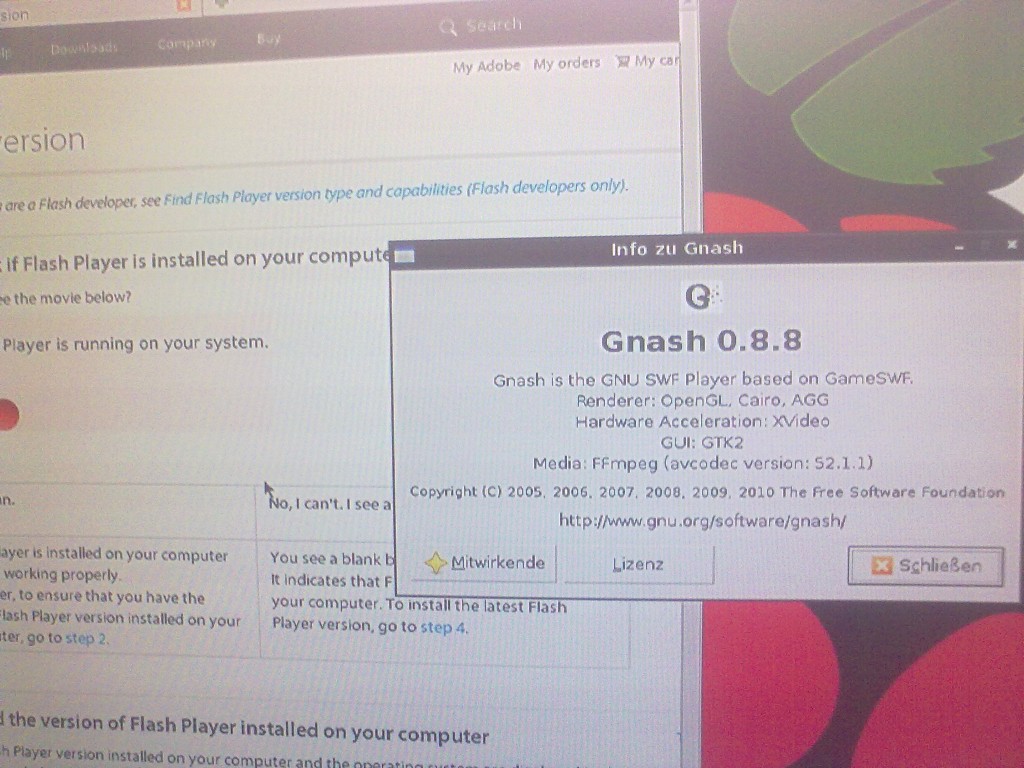Heute aus gegebenem Anlass mal ein Beitrag auf Deutsch und zu einem nicht so technischem Thema: Dem Kundenservice von DHL bzw. Kundenservice im Allgemeinen.
Vor 6 Wochen habe ich auf paket.de, dem Portal der DHL zum Paketversand und -empfang (Packstation etc.), versucht im Kundenbereich eine neue Anschrift zu hinterlegen. Dies scheiterte daran, dass stets die Fehlermeldung erschien, die Anschrift wäre ungültig. Ich versuchte “Straße” ausgeschrieben und abgekürzt, alles ohne Erfolg. Daraufhin kontaktierte ich DHL über das Kontaktformular zu diesem Anliegen.
Nachdem 2 Wochen später noch keine Antwort kam, sendete ich erneut eine Anfrage über das Kontaktformular. Keine Antwort.
Nun, gestern versuchte ich dann mein Glück über Twitter: Ich sendet gestern Abend einen Tweet an @DHLPaket mit meinem Anliegen. Heute morgen erhielt ich die Antwort:
Bitte senden Sie uns Ihre neue Anschrift an twitter@dhl.com zu. Wir kümmern uns darum.
Also sendete ich mein Anliegen mit neuer Anschrift und Postnummer an genannte Adresse. Und siehe da: Nur eine Stunde später erhielt ich eine E-Mail einer Mitarbeiterin des Packstation-Teams, dass meine Adresse geändert wäre, sowie eine automatische Mail des Systems, dass meine Daten verändert wurden.
Perfekt, aber warum nicht gleich so? Wird Kundenservice heute nur noch über Soziale Netzwerke ernst genommen, da man hier öffentlicher agiert und riskiert, vor vielen Twitter- oder Facebook-Nutzern als wenig kundenfreundlich dazustehen? Es mag sein, dass es sich hier um einen Einzelfall handelte, und das Kontaktformular normalerweise genauso schnell beantwortet wird. Ich habe nicht genug Erfahrung um mir darüber ein umfassendes Urteil zu erlauben. Trotzdem habe ich den Eindruck, dass Unternehmen immer mehr Mitarbeiter in die Social Media Abteilungen setzen und den traditionellen Kundenservice etwas vernachlässigen.
Hat jemand ähnliche Erfahrungen gemacht? Wie kontaktiert ihr den Kundenservice großer Unternehmen bei Problemen? Telefon, Mail oder soziale Netzwerke?
Ich würde mich sehr über weitere Erfahrungen freuen. Ich werde auf jeden Fall demnächst früher versuchen, den Kundenservice per Twitter zu kontaktieren, wenn auf anderem Weg keine Antwort kommt.
Edit: Ich habe auf Elschy’s Blog noch interessante andere Erfahrungen mit Kundenservice über Twitter gefunden.
Edit: Es gibt offenbar eine kostenlose Beschwerdenummer, über die man auch etwas erreicht: 0800 1 888 444 Vielen Dank an Thomas für das Kommentar.




